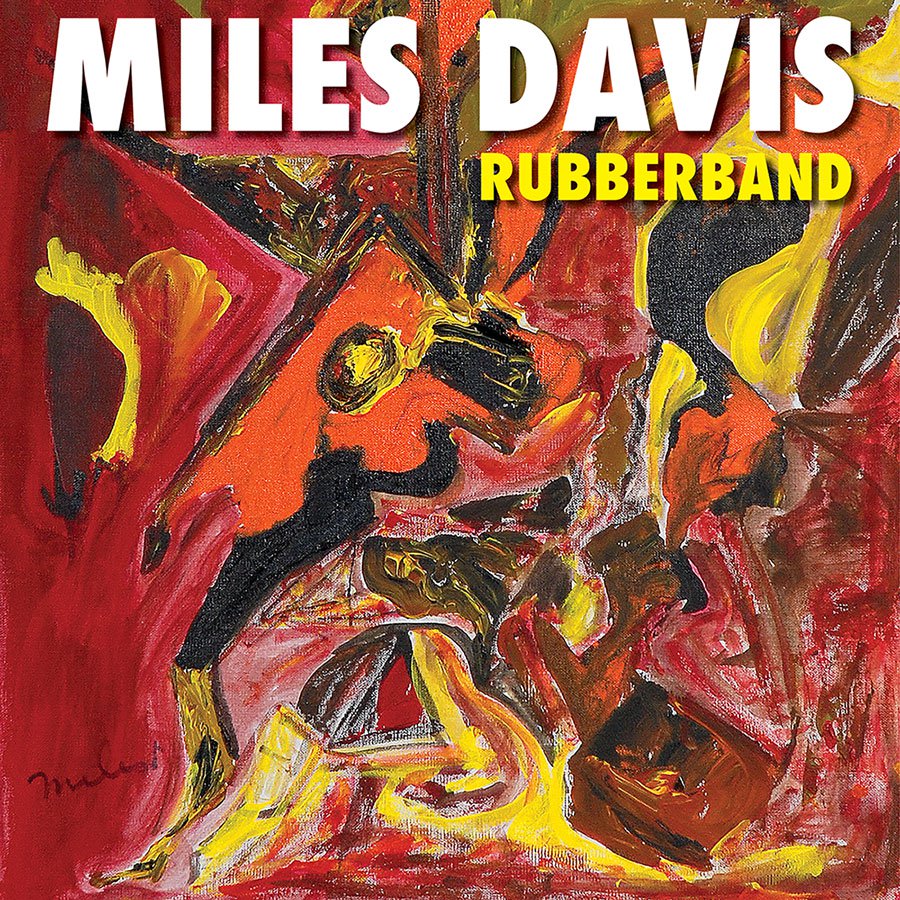
Most people probably thought Kanye West was crazy for attempting something like building a “Star Wars” inspired housing for the homeless in an announcement made July 2019. The architecture was inspired by the franchise flick “Star Wars: A New Hope.” While there were good intentions in place, unfortunately, the project was put to a halt early September 2019 when proper permits were not presented. Despite West’s failed efforts, he had again brought attention to the serious issue of homelessness.
Homelessness is a country-wide issue, more so in urban areas such as New York and Los Angeles. According to Statistica, data collected in a study done in 2018 showed that New York City had approximately 78,676 people experiencing homelessness while Los Angeles had 49,955.
Bringing this issue closer to home, many of us know the infamous “Skidrow” and the overall social stigma against the homeless population. However, people often misunderstand the circumstances that may have led up to homelessness in the first place.
Social influencer and educator Stevie Boebi shed some light on this issue to her fans and Angelenos with the creation of her short film “Weenie,” which will also be featured in this year’s Buffer Fest. The story follows the snapshots of Stevie’s life depicting moments before she loses her homes. The film was shown at the Renburg Theatre just at the border of Hollywood and West Hollywood in late September and will be featured at Buffer Fest this October.
In an interview, Boebi shares her frustration with the portrayal of homeless people in mainstream media depicting only one type of homelessness with one type of struggle: addiction. This “type of homeless people” are shown to be at fault for their homelessness. Most outlets often disregard other factors that make it more difficult for stability such as mental and/or physical disabilities.
Boebi says,“[The narrative] made me angry… Anger makes me do anything.”
This constant depiction fueled Boebi’s anger for the recurrence and inspired her to independently create a film of her own quite literally, directing and writing the story herself. She shares how she’s always wanted to talk about her childhood and how she struggled herself before overcoming those obstacles and reaching success as a public figure.
Boebi says,“I hope people cry [from the movie] because they are moved by my art.” She described the film as a “downer,” but placed festivities around it for people to talk.
She hopes the film hits two main groups: queer identifying people who have experienced or know someone who have experienced homelessness and people who don’t even know this is going on.
Boebi also made a statement that,“Queer youth are 120% more likely to experience homelessness.”
Despite this reality, she also reminds the audience that there is a light at the end of the tunnel.
One of the most vulnerable populations within the homeless population are LGBTQIA identifying youth rejected from their families. According to a study conducted by the Williams Institute in 2011-2012, rejection from family is a common cited reason for homelessness or being at risk for homelessness. In that same study, researchers found that 40% of homeless youth identify as LGBTQIA. Seven in ten said they experienced family rejection while 54% said they experienced abuse in the family.
Where do these youth go?
Homeless LGBTQIA identifying youth often get placed in social services and other programs, however, in a study conducted by GLSEN in 2015, 66.2% of that population felt discriminated against, especially in federally funded institutions. This is because of the difficulty receiving the proper resources and needs such as properly addressing their pronouns. It’s not common for those providing the resources to be trained in areas such as ‘trauma-informed’ approaches. Youth may leave feeling invalidated and bounce from place to place unable to receive the help and resources. Youth from this population face a unique set of challenges that put them more at risk for violence, abuse and exploitation.
So what can we do for our at-risk youth?
Donate
There has to be money coming in from somewhere to help these youth. It is difficult to find LGBTQIA-specific programs because there is a lack of or no federal funding for these resources. Any donation counts.
Advocate
Advocating for these youth makes the biggest difference whether it is speaking up about this issue or educating others. It’s already difficult looking for LGBTQIA-specific programs or programs who are trained in those areas, but bringing knowledge to this issue can spread awareness and push for help such as standing up with your local activists or starting an initiative, a bill, any legislation to make change.
Despite the work still needed to be done, there’s still hope for the homeless. There are people who are fighting, and simply giving them a voice makes the biggest difference.
Resources
General Resources by State Compiled by Lambda Legal






